Wild Carrot Daucus carota North Carolina Extension Gardener Plant

Daucus carota (Queen Anne’s lace)
The wild carrot cultivar Daucus carota subsp. sativus is a major root vegetable for human and livestock consumption, with over 40 million tonnes farmed each year. Wild carrot root is edible, but is smaller and more woody than commercial cultivars. They are eaten when young, or are roasted, dried, and ground to a powder to be used for making coffee.

Daucus carota (wild carrot) Go Botany
Daucus carota (wild carrot) is a complex plant species that comprises of wild and cultivated species. Daucus carota seed oil as both medicinal and commercial uses. It is used to treat urinary tract infections, gout, diarrhoea, ingestion, worm infestation, etc. It also acts as a nerve tonic.
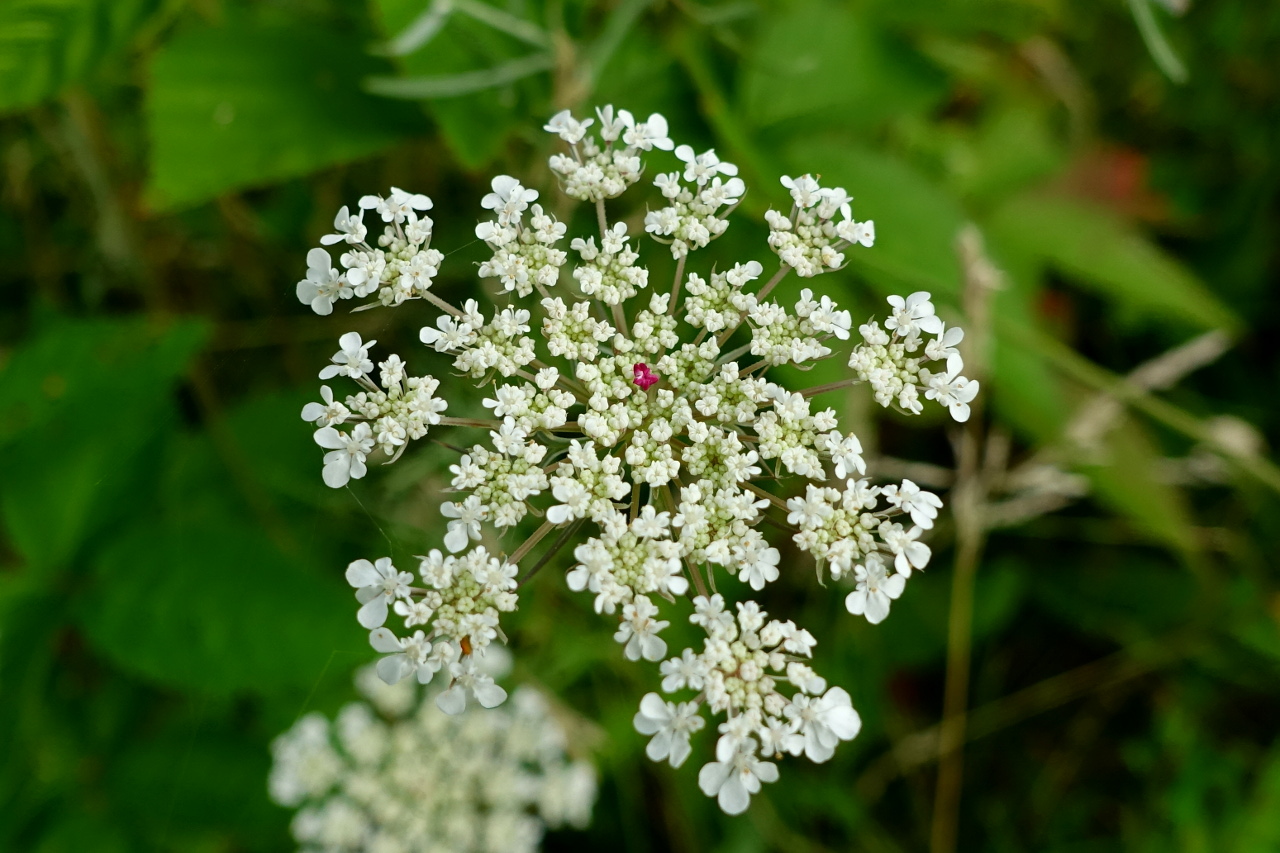
Daucus carota Wildflowers of the National Capital Region
Daucus carota is a white flowering plant that forms part of the Apiaceae family of aromatic flowering plants that includes 3700+ species. It is commonly referred to as the celery, carrot, or parsley family. But, you may know Daucus carota as wild carrot, Queen Anne's Lace, bishop's lace, bee's nest, bird's nest, and devil's plague.

Daucus carota
How to Grow Queen Anne's Lace. Hardy in Zones 3 to 9, Queen Anne's lace is a tolerant, easy biennial to grow. It thrives in low humidity and moderate temperatures. Plant in full sun for loads of lovely, large white flower clusters. Partial shade is okay, but full shade will greatly decrease vigor.
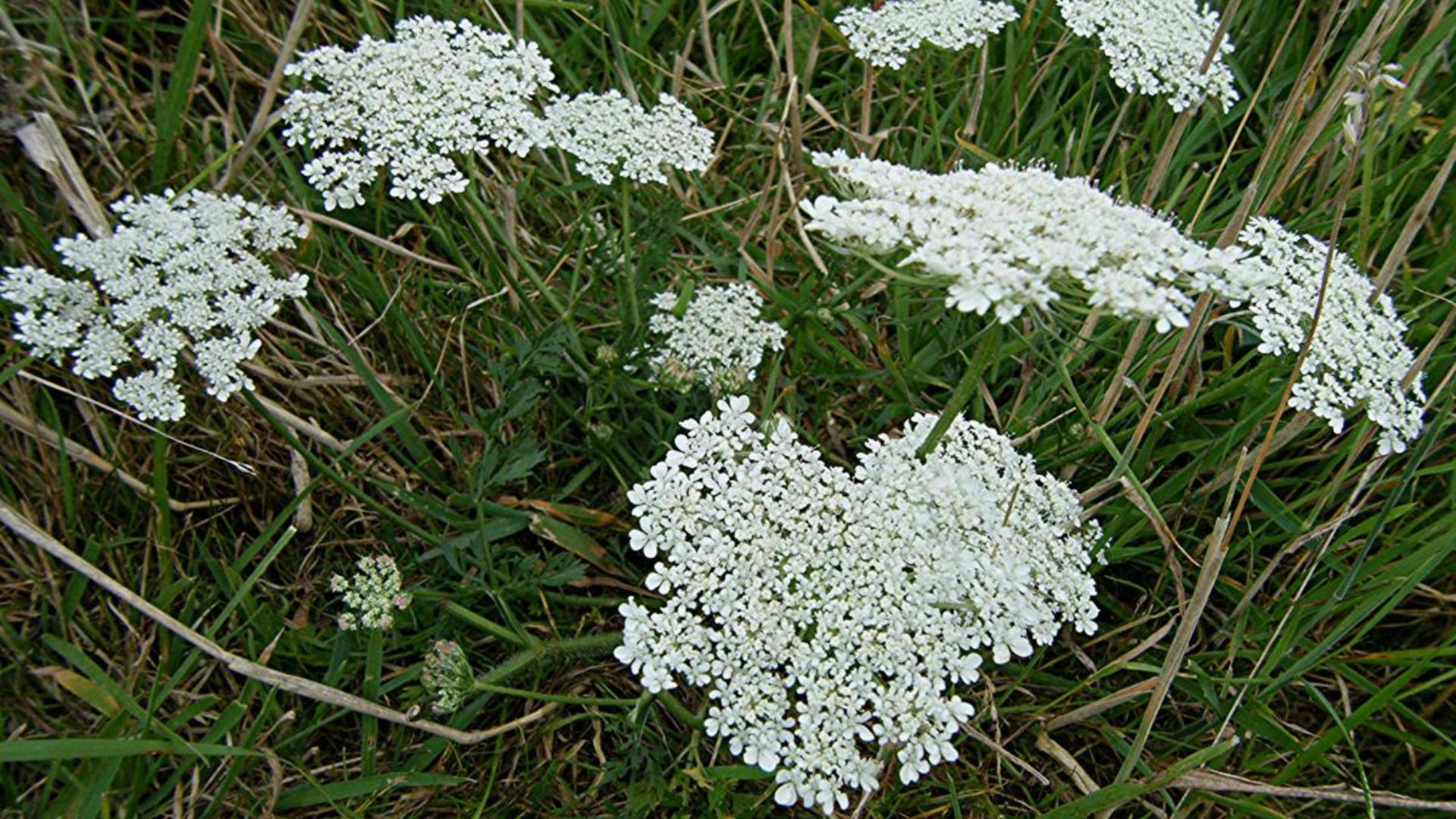
Daucus carota Sistematica, Etimologia, Habitat, Coltivazione
Buah dari Daucus carota memiliki dua mericarp. atau bicarpellate. Endosperma dari buah tumbuhan sebelum embrio. [4] Umbel yang kering lepas dari tanaman, menjadi gulma raksasa. [5] Fungsi dari bunga merah kecil, diwarnai dengan antosianin, yaitu menarik serangga-serangga. Wortel liar mekar di musim panas dan musim gugur.

wortel liar, umbel bunga, mekar, berkembang, berwarna merah muda, putih
Carrots (Daucus carota L.), among the most important root vegetables in the Apiaceae family, are cultivated worldwide. The storage root is widely utilized due to its richness in carotenoids.
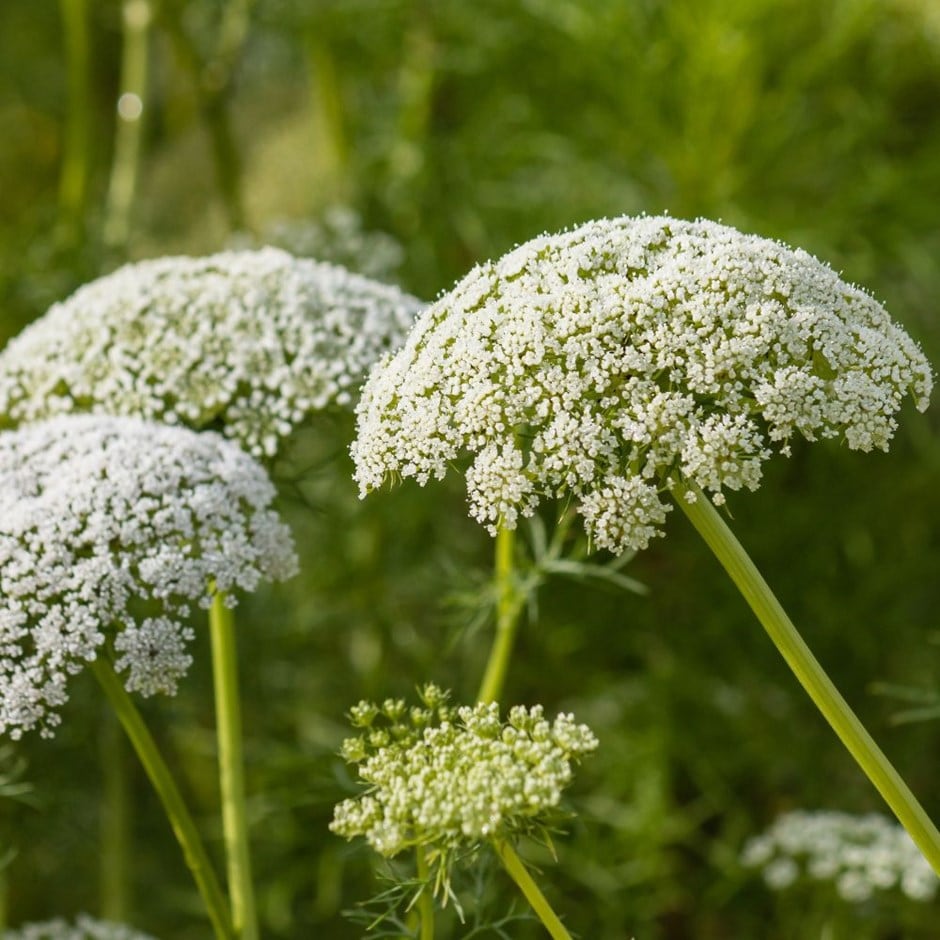
Buy wild carrot Daucus carota
Daucus Species: carota Family: Apiaceae Uses (Ethnobotany): The plant has been used medicinally. Life Cycle: Annual Biennial Recommended Propagation Strategy: Seed Country Or Region Of Origin: Europe, Eastern Asia and northern Africa Distribution: It is found in the lower 48 states and parts of Canada. Edibility: Leaves, roots, flowers, and.
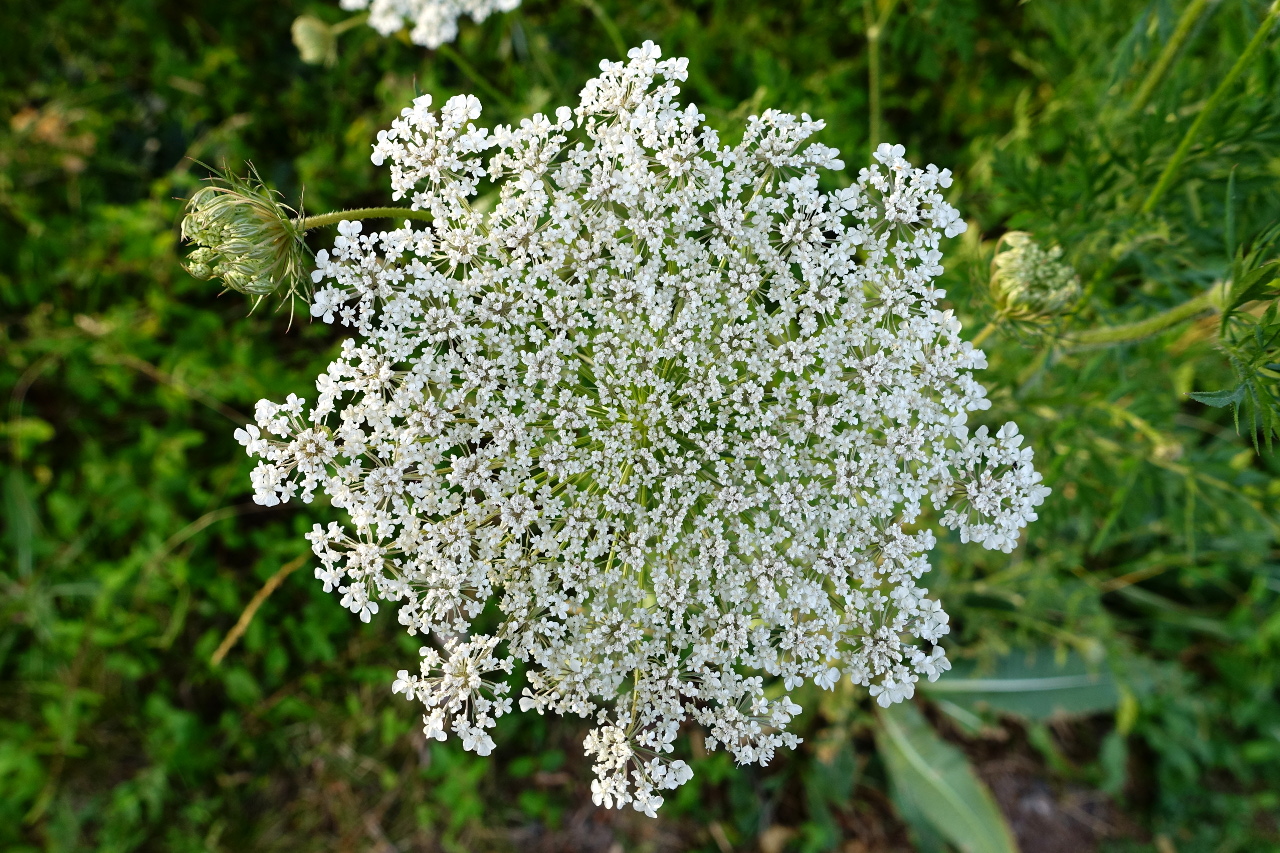
Daucus carota Wildflowers of the National Capital Region
Daucus carota, the carrot, is the best known species and the only one widely cultivated grown for its long, orange, edible taproot. The longest carrot on record was over 5 m, the heaviest was over.

Daucus carota
Wild carrot (Daucus carota). The wild carrot is a common flowering plant with light, delicate flowers. Originally native to Europe and Asia, it has also spread to North America and Australia. Studies of historical paintings suggest that the wild carrot was cultivated in Turkey, Spain, and North Africa for centuries.
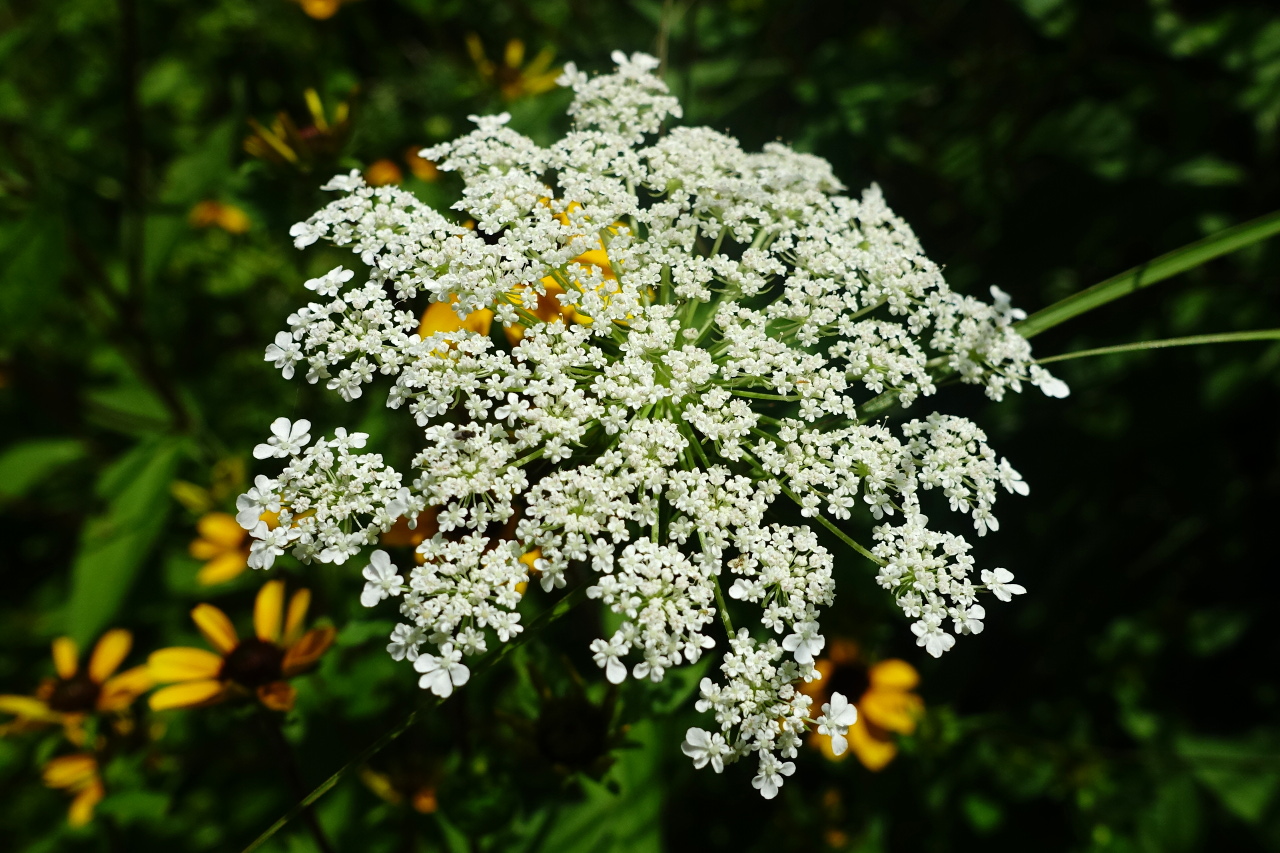
Daucus carota Wildflowers of the National Capital Region
The native range of this species is Macaronesia to NW. Africa, Europe to S. China. It is a biennial and grows primarily in the temperate biome. It is used as animal food, a poison and a medicine and for food.

Wild Carrot Daucus carota North Carolina Extension Gardener Plant
Daucus carota. wild carrot. The wild carrot is a tap-rooted biennial, its solid, ridged stems reaching 75cm in height. In summer it bears white umbels, tinged with pink in bud and sometimes in flower and the very central floret is dark red. Only this flower produces nectar. It can be identified from other umbellifers by the 3 forked bracts.
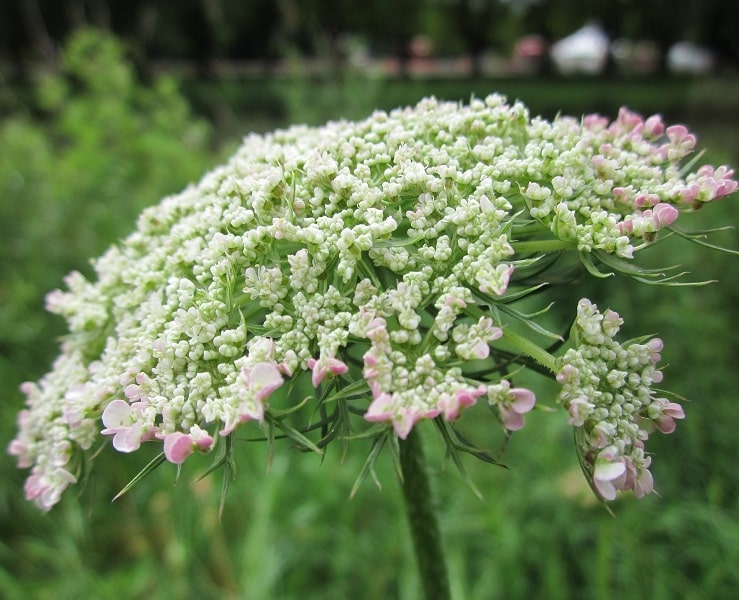
Wilde Karotte Samen Daucus carota Weltpflanzen
Daucus carota is the wild form of the cultivated carrot, which flowers from midsummer to autumn and attracts a wide range of insects including bees, beetles and hoverflies. Flowers have a delicate, lacy quality, making them a good choice for informal borders and wildflower schemes. After flowering, the flowerhead folds inward to develop a.
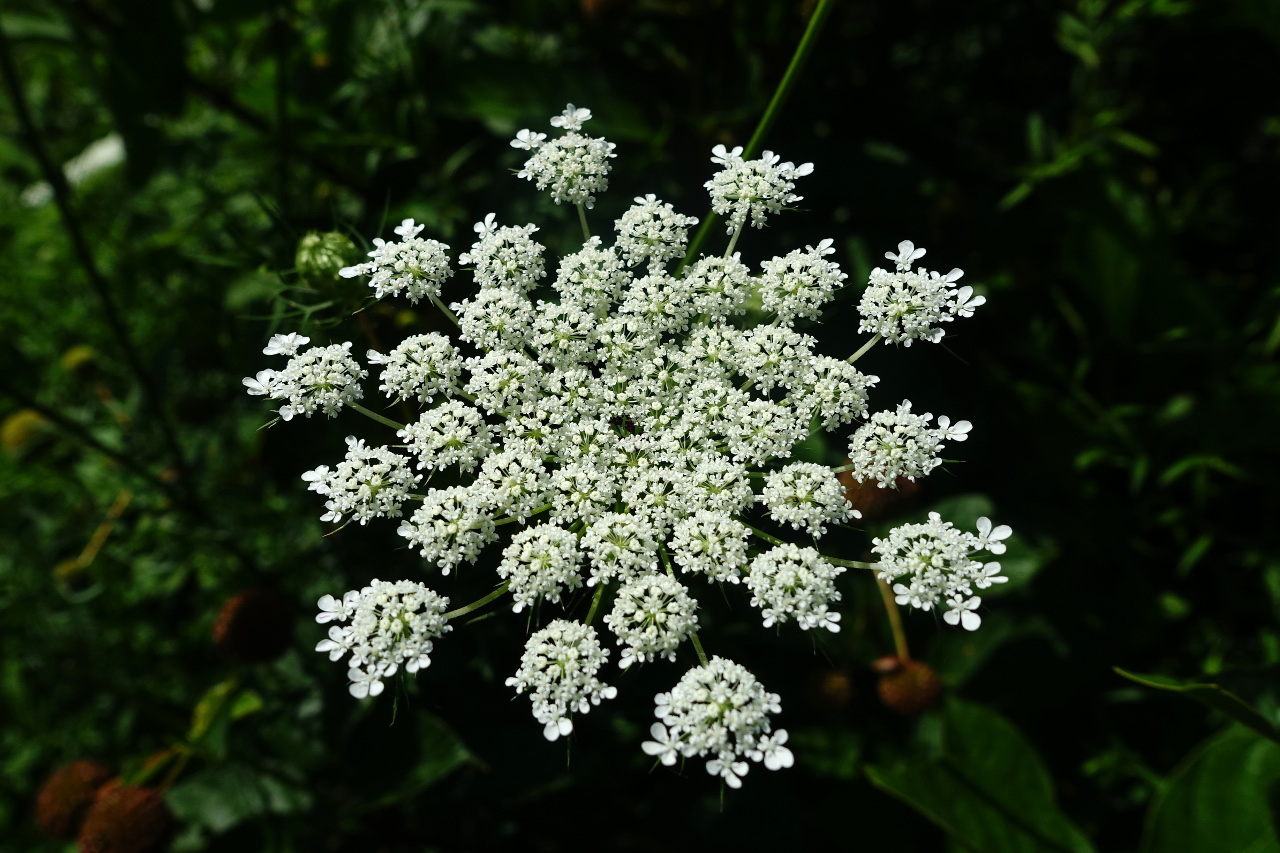
Daucus carota Wildflowers of the National Capital Region
Queen Anne's lace infusions are often used by those with kidney and bladder infections, cystitis, and gout (Hoffman, 2003) to flush toxins from the body. Some herbalists even suggest Queen Anne's lace infusions for clients with arthritis for this same reason. To make a Queen Anne's lace infusion, you'll want to use 1 ounce of Daucus.
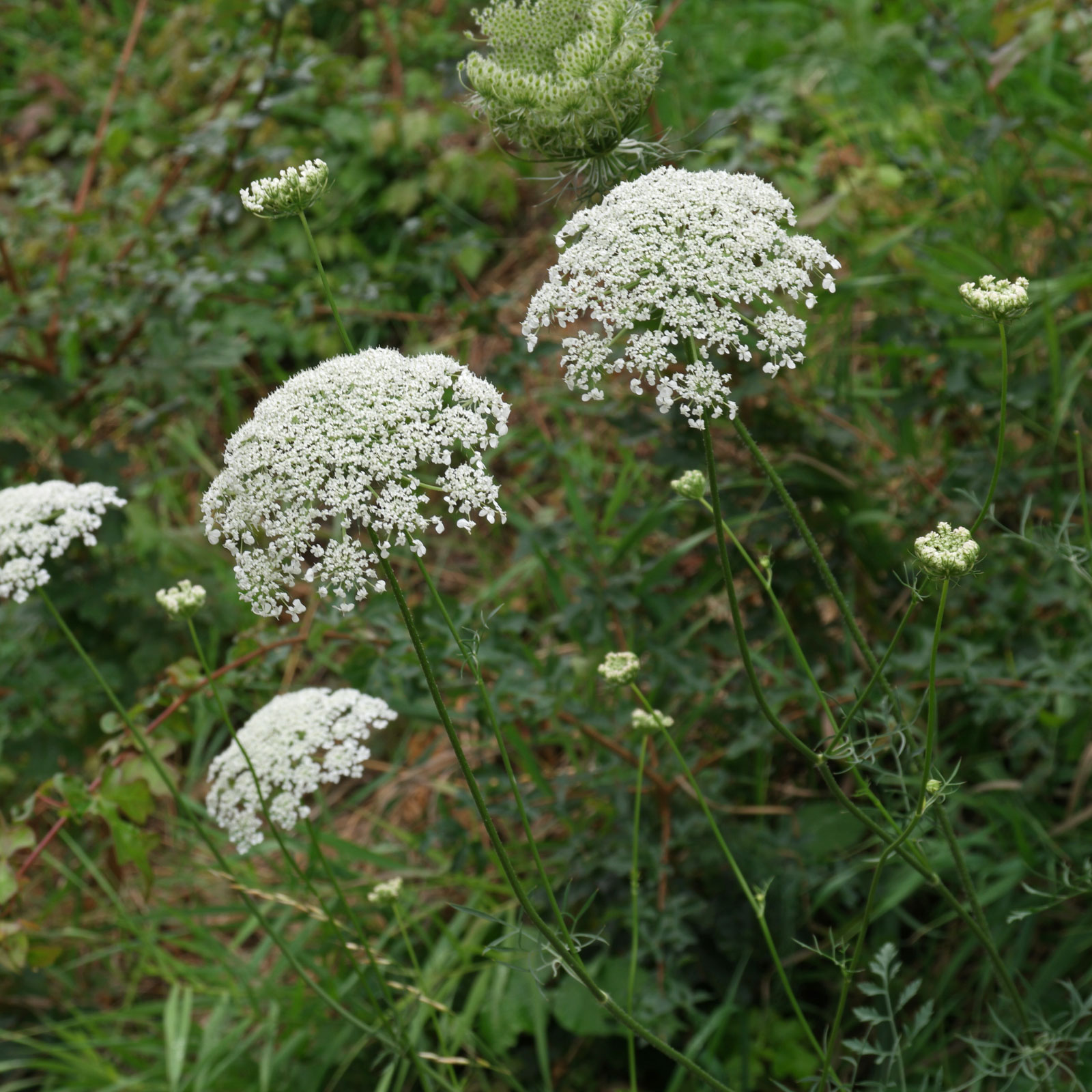
Daucus carota
Tetrapleura Parl. Tiricta Raf. Tornabenea Parl. Daucus is a worldwide genus of herbaceous plants of the celery family Apiaceae of which the best-known species is the cultivated carrot. Daucus has about 75 species. [1] The oldest carrot fossil is 1.3 Ma, and was found on the island of Madeira in the Atlantic Ocean.
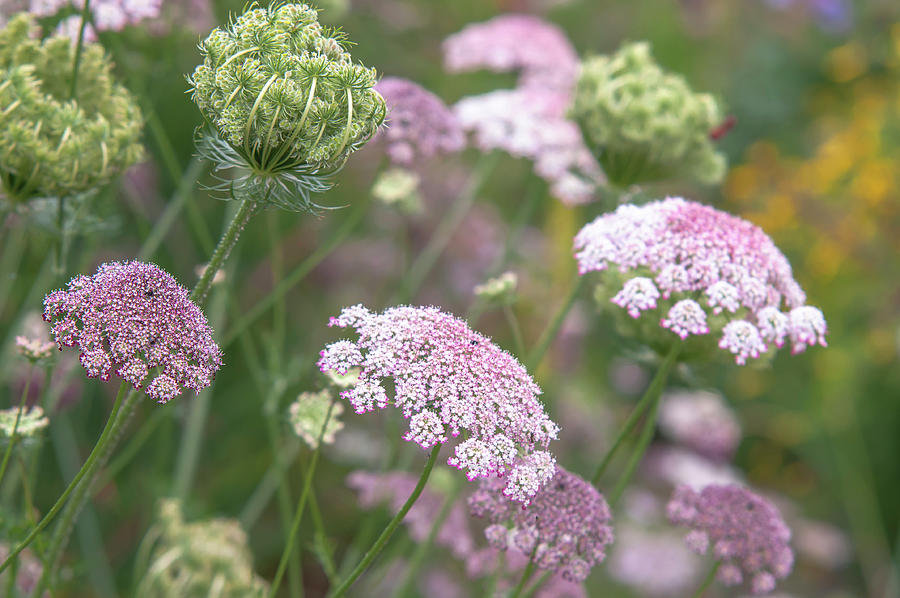
Flowering Daucus Carota Purple Kisses 1 Photograph by Jenny Rainbow
Daucus carota, whose common names include wild carrot, European wild carrot, bird's nest, bishop's lace, and Queen Anne's lace (North America), is a flowering plant in the family Apiaceae.It is native to temperate regions of the Old World and was naturalized in the New World.. Domesticated carrots are cultivars of a subspecies, Daucus carota subsp. sativus.
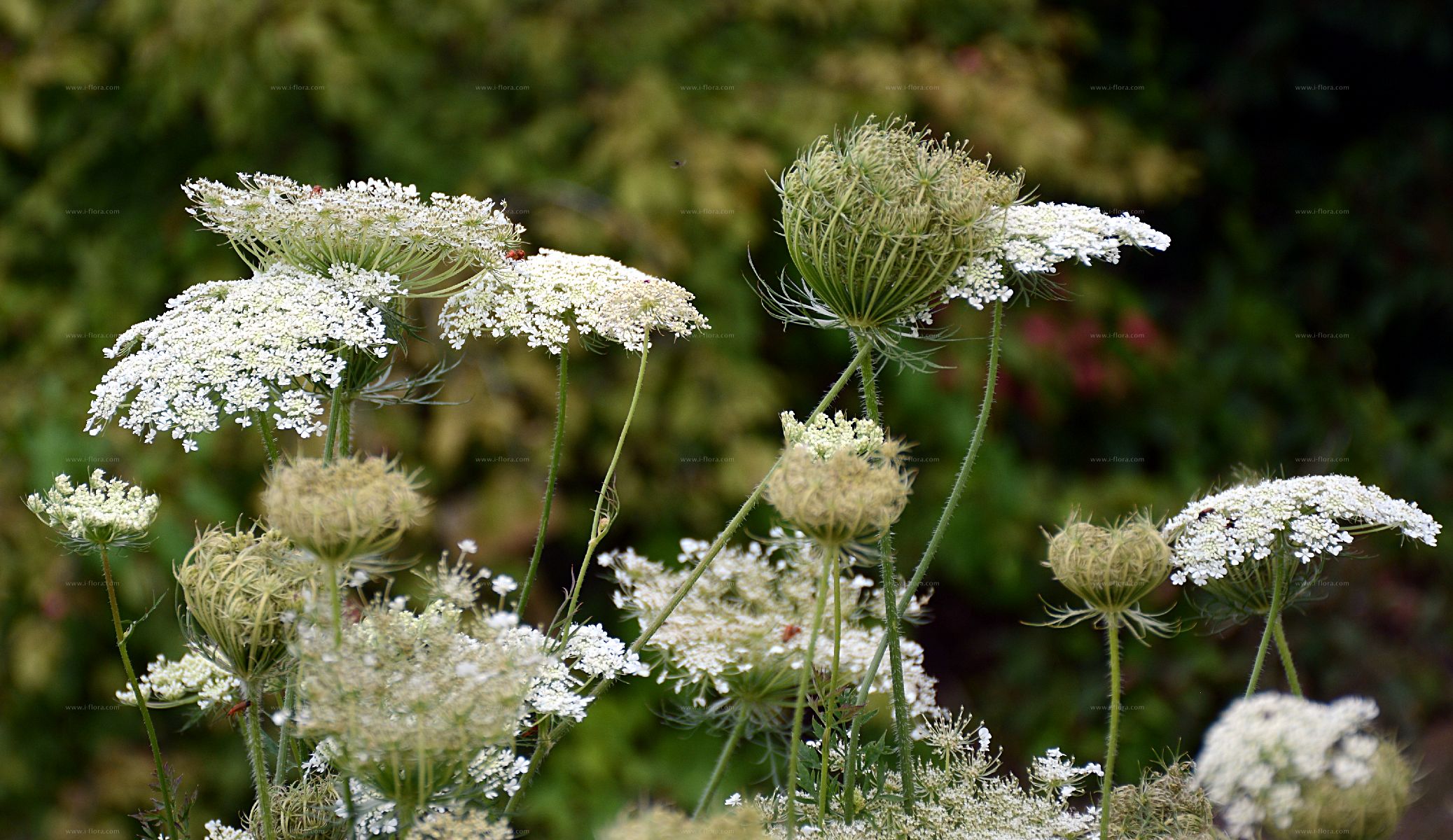
Arten Wilde Möhre (Daucus carota L.)
Daucus carota is a complex, very variable species comprising wild and cultivated carrots, resulting in a confused taxonomy. The complex is subdivided into 13 subspecies, 12 for wild taxa and one for the cultivated taxon (subsp. sativus (Hoffm.) Arc.). However, for cultivated carrot it is better to classify directly at cultivar level.